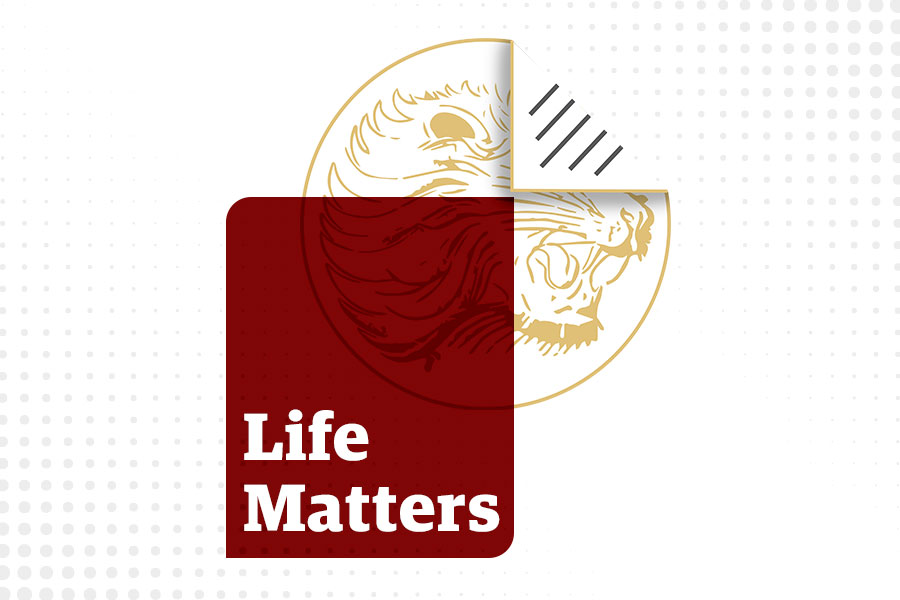
Life Matters | Jul 17,2022
Aug 25 , 2024
By Vera Songwe , Ishac Diwan
With persistent high amortisation payments since 2019 and a forecasted continuation till 2028, Kenya's economic heartache resonates with many lower and lower-middle-income countries. The key takeaway from Kenya's experience lies in the need for realistic mid-term revenue mobilisation efforts, credible IFI commitments to multiyear growth programs, and early engagement of official lenders with pledges contingent on the refinance of private debt at reasonable rates, write Vera Songwe, a senior adviser at the Bank for International Settlements’ Financial Stability Institute, and Ishac Diwan, a research director at the Finance for Development Lab.
The effects of recent contractionary monetary policy in the United States (US) are still playing out. It has often been said that the world catches a cold when the US sneezes. More broadly, advanced economies can easily spread economic " pathogens, " especially to small, open developing economies. But the maladies they cause vary, and so do the necessary remedies.
In recent years, Kenyan President William Ruto's government has been attempting to service large foreign loans – taken out largely to finance infrastructure construction – amid a series of negative international shocks. The same has been true for Zambian President Hakainde Hichilema’s government. But whereas Zambia’s external debt reached 80pc of GDP in 2020 – a clearly unsustainable level, Kenya’s stands at 37pc. Any intervention in Kenya should thus focus on easing short-term funding constraints, rather than full-blown protracted debt restructuring.
So far, neither country has gotten the medicine it needs.
In 2020, Zambia became one of the first countries to apply to the G20’s Common Framework for Debt Treatments (CFDT), which involved the coordination of a large and heterogeneous group of creditors, including the Paris Club of advanced-economy sovereigns, China, India, Saudi Arabia, and private actors. Nearly four years later, Zambia’s debt restructuring has still not been finalised, though the country has endured a harrowing economic adjustment (with little financial support).
Kenya has been the guinea pig for a different approach. It developed a three-pronged strategy involving economic adjustments aimed at boosting growth, support from international financial institutions (IFIs), and rescheduling debt repayment to other creditors. This is the right approach for an economy that is illiquid but not insolvent. But, given the level of international coordination required, implementing it successfully is no easy feat, especially at a time when capital markets are cautious, geopolitical tensions are deepening, and demand for IFI funding is rising.
Ruto has learned this firsthand. For two years, he has been travelling the world – from the Paris Forum to the UN General Assembly to the Belt & Road Forum – attempting to marshal support for his strategy. Most recently, he made a state visit to the US, where he and President Jeo Biden issued a joint statement endorsing the plan. But, three important weaknesses have impeded progress.
The first was an excessively short timeline for restoring fiscal balance. Kenya reached an agreement with the International Monetary Fund (IMF) in 2021 on a multiyear program to support the country’s COVID-19 response and help reduce its debt burden. But the agreement’s requirements – especially to shrink the fiscal deficit by four percentage points (as a share of GDP) over three years – were unusually stringent and ultimately proved unrealistic. Making matters worse, when early targets were missed, Kenya faced pressure to raise taxes by a whopping two percent of GDP in a single year (2024).
What Kenya needed was a more gradual adjustment, but that would have required more finance.
This brings us to the second weakness: Kenya has struggled with very high amortisation payments since 2019, and this situation is expected to persist through 2028, with debt service to private and Chinese creditors hovering around 2.5 billion dollars a year. While Kenya did secure very large funding commitments from both the IMF and the World Bank, they were insufficient to offset these payments.
Starting in 2022, on a net basis, financial flows were moving out of Kenya, and the balance continues to worsen. Capital markets initially stopped extending new finance to Kenya, as it did to other African countries in 2022. When it finally became possible to borrow again in 2024, the two billion dollar Eurobond that fell due in June could only be (partly) rolled over at a very high interest rate (10.4pc). With the risk of default apparently growing, bilateral creditors, like China, were unlikely to agree to the three-to-five-year rescheduling that Kenya needs.
The third weakness is that Kenya’s growth strategy, which requires major investments, lacks credibility. After all, if Kenya cannot refinance its debt externally, it would need to do so domestically, which crowds out private investment, increase financial-sector risk, and weaken the currency, leading to more inflation and instability. None of this is conducive to growth.
Kenya is the tip of the iceberg; illiquidity affects many other lower- and lower-middle-income countries as well. It is important to draw what lessons we can from Kenya’s experience.
Efforts to mobilise domestic revenues should be realistic and stretched into the medium term. To lower refinancing rates, IFIs should more credibly signal their commitment to a multiyear growth program, such as by pledging to guarantee a portion of refinanced debt. Lastly, official lenders should be brought on board early, and their pledges must be contingent on refinancing private debt at a reasonable rate.
As we have proposed elsewhere, these actions can be brought together under an ambitious new IMF-World Bank framework offering scaled-up financing and debt-rescheduling support to solvent countries that present a credible growth plan.
As the recent protests show, Kenya has considerable governance weaknesses, including inadequate service delivery and high levels of corruption. But like many other lower-middle-income countries, it also has plenty of growth potential, rooted in structural strengths. Impressive progress in advancing a green transition – its energy mix includes nearly 80pc renewables – further improves its prospects. Improved fiscal health would go a long way toward enabling Kenya to address its weaknesses and build upon its strengths.
While G7 leaders acknowledge at their latest summit the need for active coordination in resolving debt issues, and G20 leaders are likely to follow suit at their summit in Rio de Janeiro this November, the task now is to translate good intentions into effective action.
PUBLISHED ON
Aug 25,2024 [ VOL
25 , NO
1269]

Life Matters | Jul 17,2022

News Analysis | Feb 03,2024
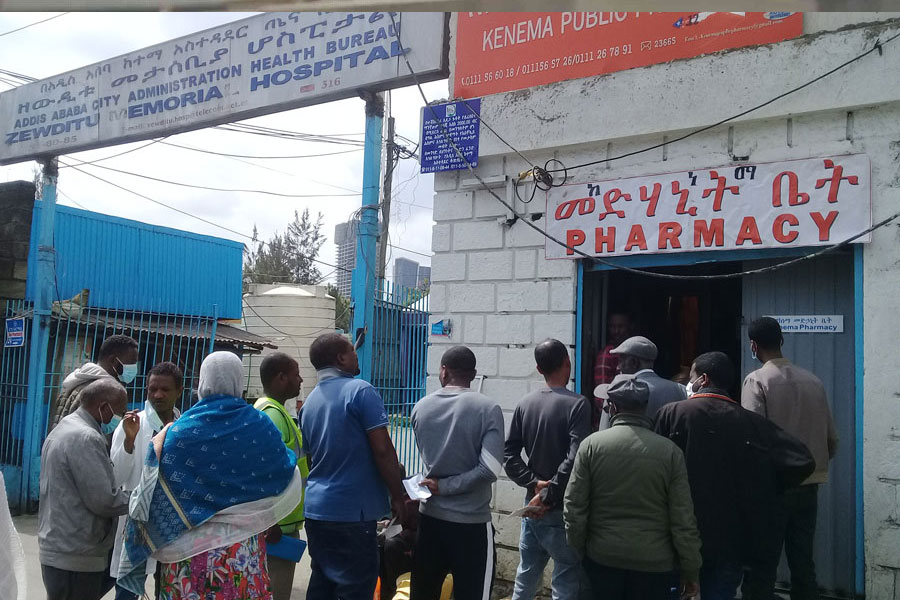
Agenda | Aug 11,2024

Commentaries | Apr 24,2021

News Analysis | Sep 01,2024
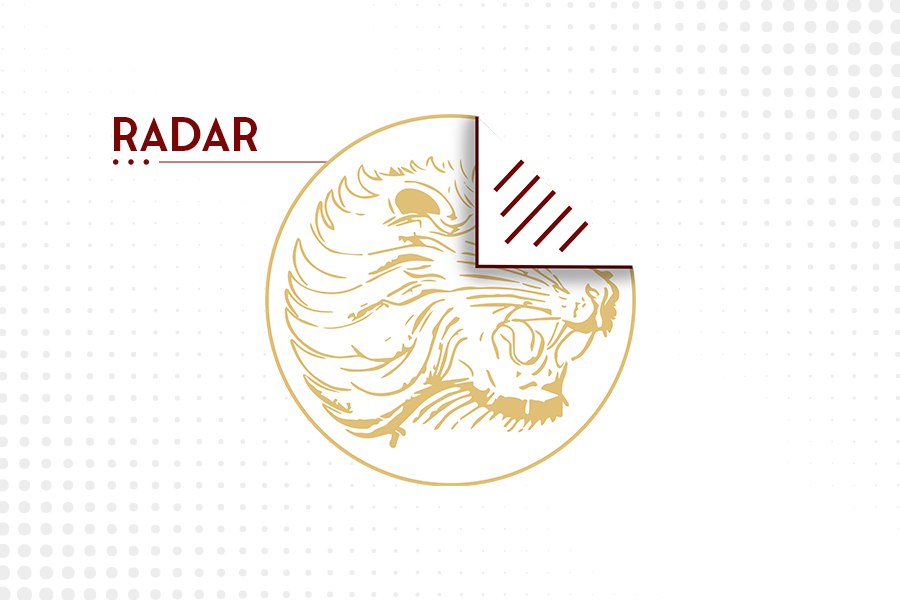
Radar | Apr 15,2023

Fortune News | May 17,2025

Advertorials | Jul 08,2024

Delicate Number | Sep 28,2024
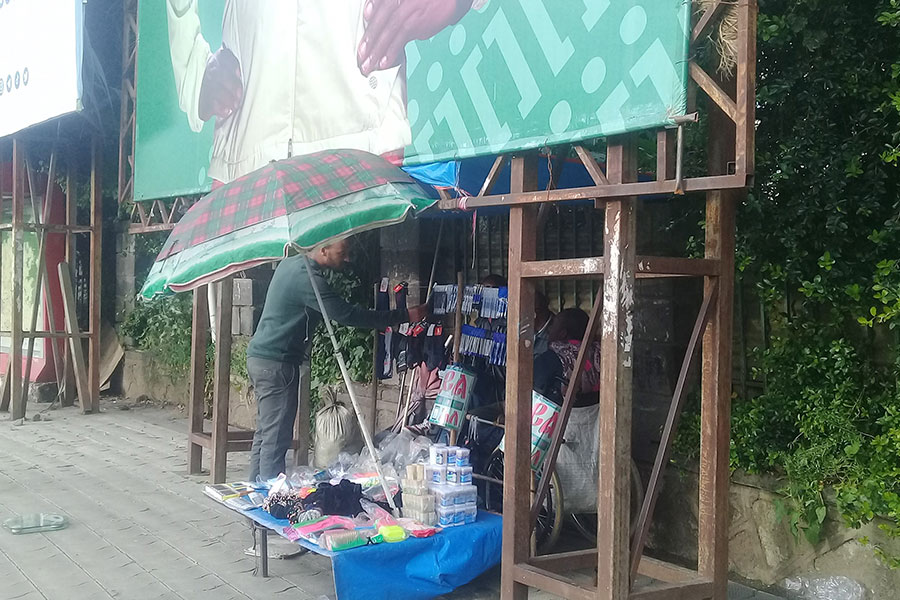
Radar | Oct 22,2022

Photo Gallery | 171950 Views | May 06,2019

Photo Gallery | 162184 Views | Apr 26,2019

Photo Gallery | 151952 Views | Oct 06,2021

My Opinion | 136330 Views | Aug 14,2021


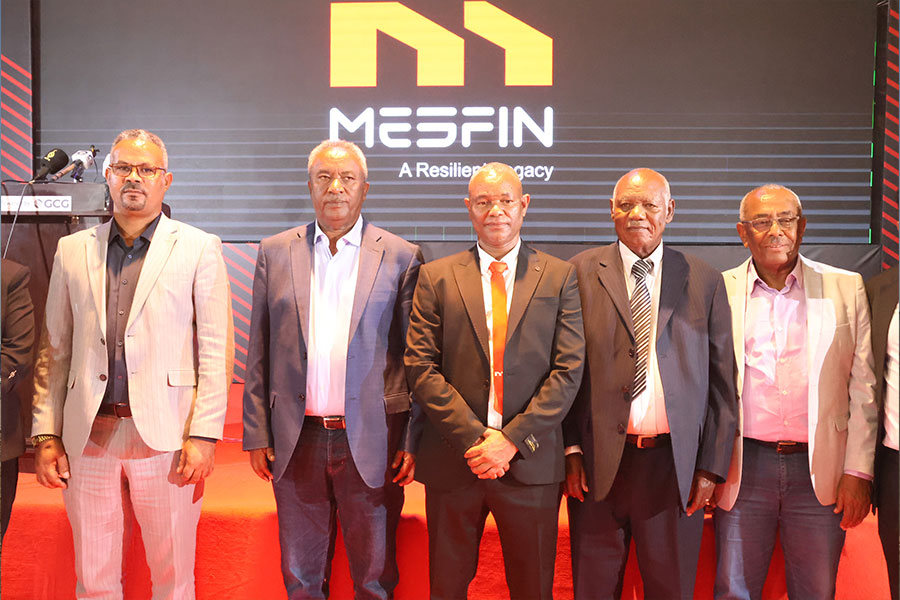


Dec 22 , 2024 . By TIZITA SHEWAFERAW
Charged with transforming colossal state-owned enterprises into modern and competitiv...

Aug 18 , 2024 . By AKSAH ITALO
Although predictable Yonas Zerihun's job in the ride-hailing service is not immune to...

Jul 28 , 2024 . By TIZITA SHEWAFERAW
Unhabitual, perhaps too many, Samuel Gebreyohannes, 38, used to occasionally enjoy a couple of beers at breakfast. However, he recently swit...

Jul 13 , 2024 . By AKSAH ITALO
Investors who rely on tractors, trucks, and field vehicles for commuting, transporting commodities, and f...

Oct 4 , 2025
Eyob Tekalegn (PhD) had been in the Governor's chair for only weeks when, on Septembe...

Sep 27 , 2025
Four years into an experiment with “shock therapy” in education, the national moo...

Sep 20 , 2025
Getachew Reda's return to the national stage was always going to stir attention. Once...

Sep 13 , 2025
At its launch in Nairobi two years ago, the Africa Climate Summit was billed as the f...

Oct 5 , 2025 . By NAHOM AYELE
In Meqelle, a name long associated with industrial grit and regional pride is undergo...

Oct 5 , 2025 . By BEZAWIT HULUAGER
The federal government is set to roll out a new "motor vehicle circulation tax" in th...

Oct 5 , 2025 . By NAHOM AYELE
The Bank of Abyssinia is wrestling with the loss of a prime plot of land once leased...

Oct 5 , 2025 . By BEZAWIT HULUAGER
The Customs Commission has introduced new tariffs on a wide range of imported goods i...